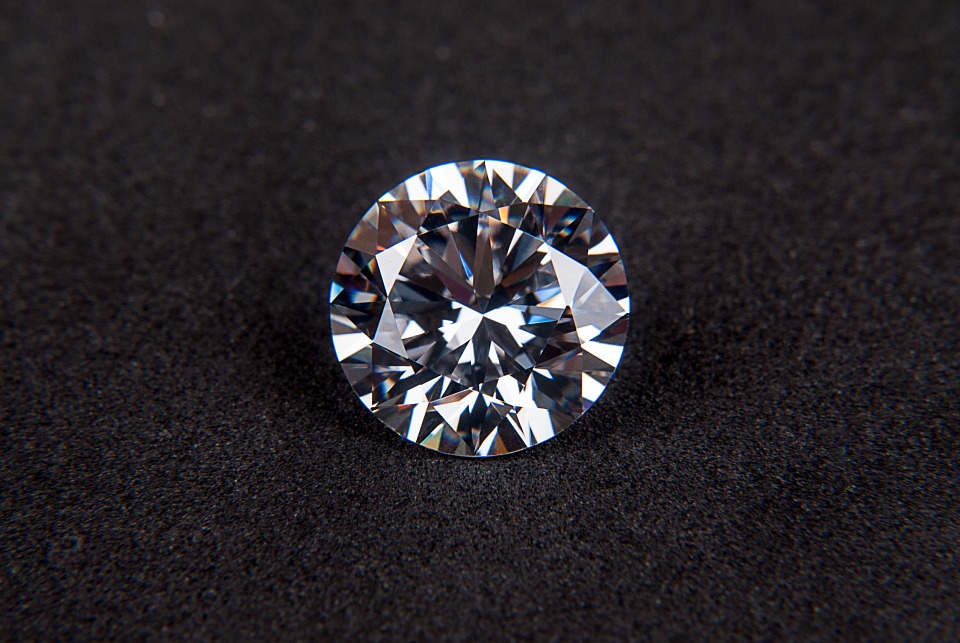Mohs scale of mineral hardness
Contents |
[edit] Introduction
Archaeometallurgy, Guidelines for Best Practice, published by Historic England in 2015, defines hardness as: ‘…a measurement of the strength of a material (its ability to resist plastic deformation).’
[edit] Mineral hardness
The Mohs hardness scale designates the hardness class of mineral based material. It is used to describe how substances behave when a hard material scratches a soft material. The scale ranges from 1 to 10, where 1 is talc (softest) and 10 is diamond (hardest).
The scale is named for its originator, Friedrich Mohs. The German geologist created the scale in 1822 as a method for classifying minerals by their physical properties (rather than by their chemical composition).
While this approach differed from scientific contemporary thought, it was aligned with discoveries from the ancient world. Mohs based his scale on the ancient discovery that diamond would scratch quartz, which meant the diamond was the harder substance of the two.
[edit] Ratings
Some key mineral ratings on this scale include:
| Mineral | Mohs hardness rating |
| Talc | 1 |
| Gypsum | 2 |
| Gold, silver, aluminium | 2.5 to 3 |
| Ordinary steel | 4 to 4.5 |
| Diamond | 10 |
The Mohs scale is one of several scales used to describe the hardness of different types of materials. It is considered a useful tool for estimation purposes (since results are immediately visible), but it is not considered an accurate indicator of a material’s genuine endurance characteristics.
[edit] Related articles on Designing Buildings
Featured articles and news
CLC Health, Safety and Wellbeing Strategy 2025
Launched by the Minister for Industry to look at fatalities on site, improving mental health and other issues.
One of the most impressive Victorian architects. Book review.
Common Assessment Standard now with building safety
New CAS update now includes mandatory building safety questions.
RTPI leader to become new CIOB Chief Executive Officer
Dr Victoria Hills MRTPI, FICE to take over after Caroline Gumble’s departure.
Social and affordable housing, a long term plan for delivery
The “Delivering a Decade of Renewal for Social and Affordable Housing” strategy sets out future path.
A change to adoptive architecture
Effects of global weather warming on architectural detailing, material choice and human interaction.
The proposed publicly owned and backed subsidiary of Homes England, to facilitate new homes.
How big is the problem and what can we do to mitigate the effects?
Overheating guidance and tools for building designers
A number of cool guides to help with the heat.
The UK's Modern Industrial Strategy: A 10 year plan
Previous consultation criticism, current key elements and general support with some persisting reservations.
Building Safety Regulator reforms
New roles, new staff and a new fast track service pave the way for a single construction regulator.
Architectural Technologist CPDs and Communications
CIAT CPD… and how you can do it!
Cooling centres and cool spaces
Managing extreme heat in cities by directing the public to places for heat stress relief and water sources.
Winter gardens: A brief history and warm variations
Extending the season with glass in different forms and terms.
Restoring Great Yarmouth's Winter Gardens
Transforming one of the least sustainable constructions imaginable.
Construction Skills Mission Board launch sector drive
Newly formed government and industry collaboration set strategy for recruiting an additional 100,000 construction workers a year.
New Architects Code comes into effect in September 2025
ARB Architects Code of Conduct and Practice available with ongoing consultation regarding guidance.
Welsh Skills Body (Medr) launches ambitious plan
The new skills body brings together funding and regulation of tertiary education and research for the devolved nation.
Paul Gandy FCIOB announced as next CIOB President
Former Tilbury Douglas CEO takes helm.

























